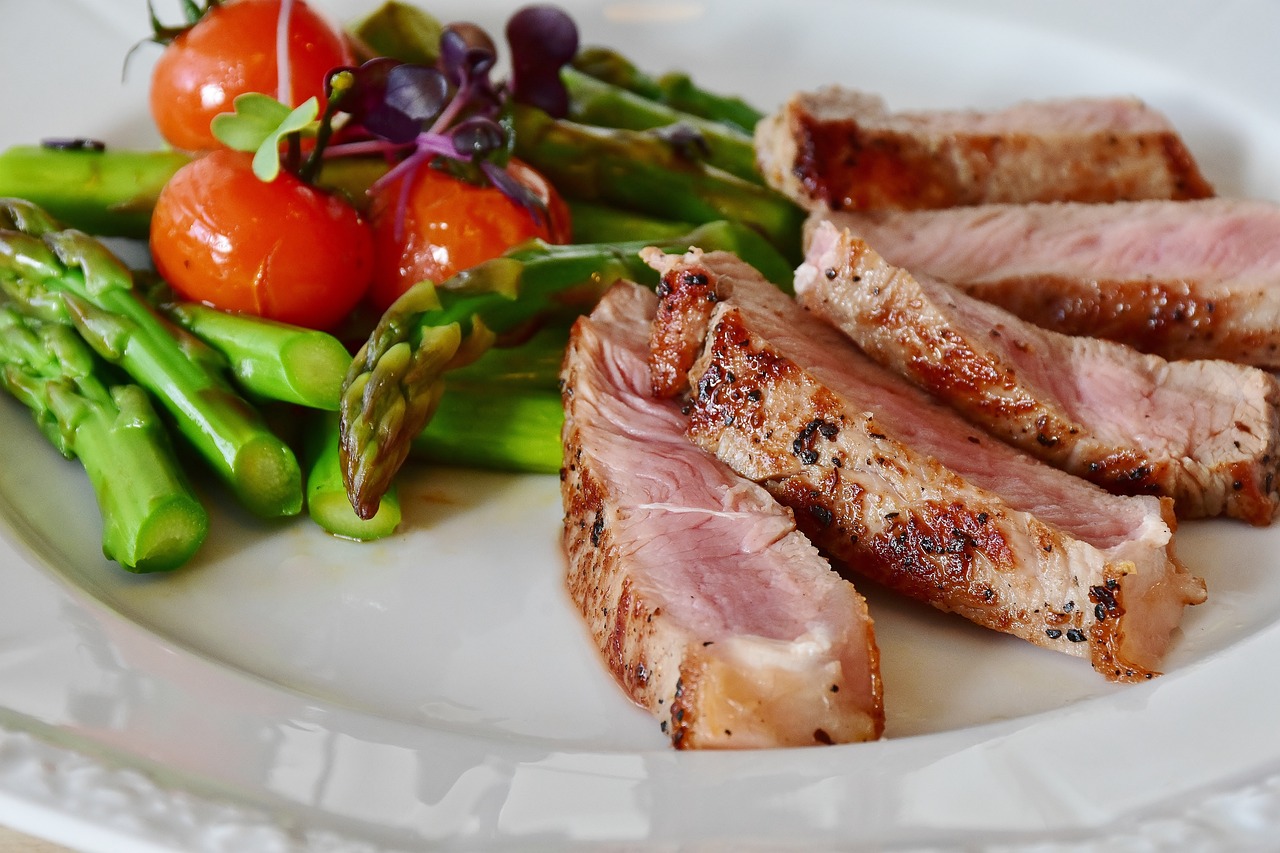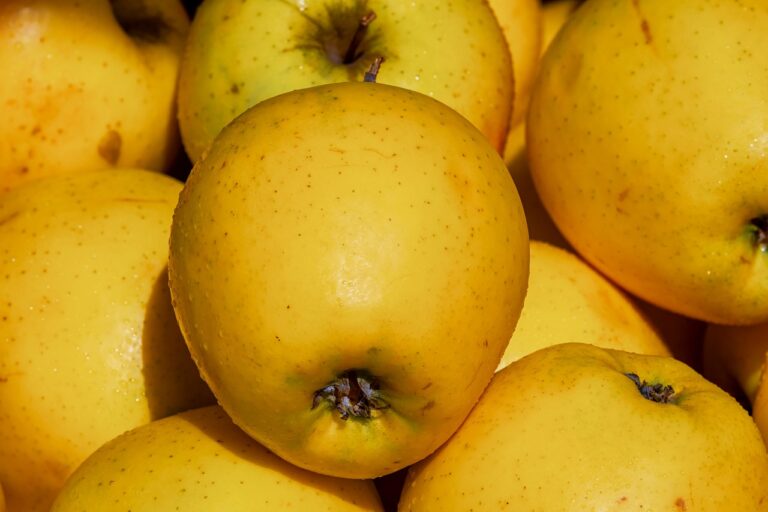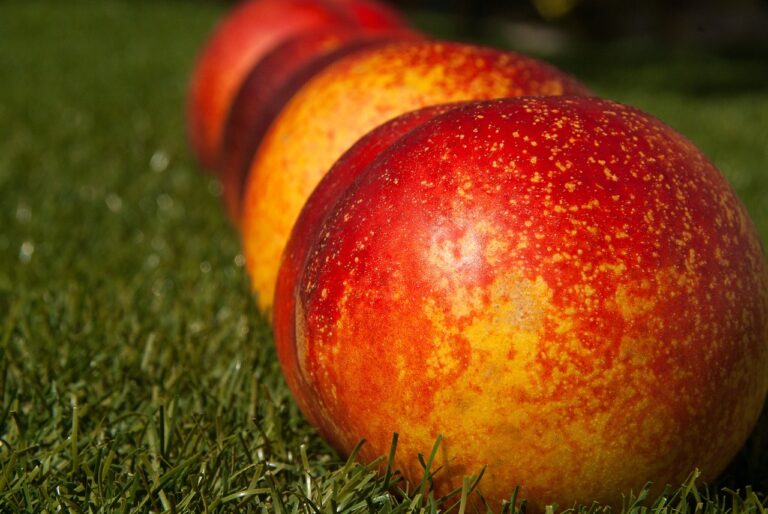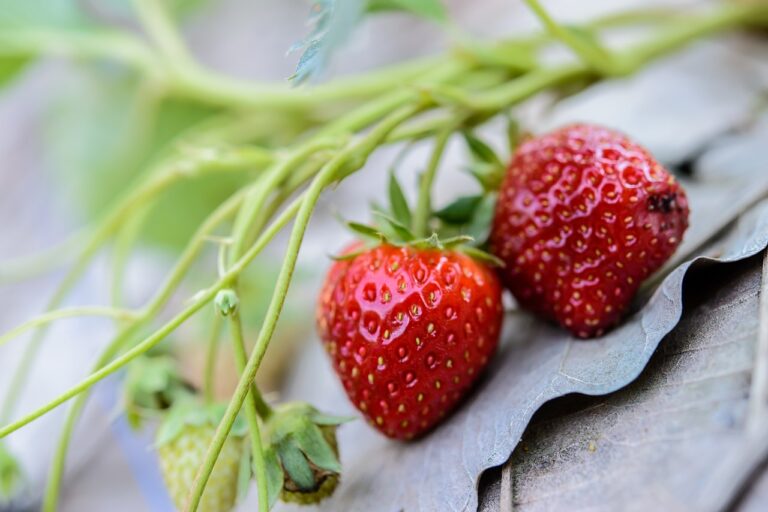Exploring Sustainable Packaging Solutions in the Food Industry
Sustainable packaging in the food industry offers numerous advantages, not only for the environment but also for businesses. By using eco-friendly materials and reducing waste, companies can enhance their brand reputation and appeal to environmentally conscious consumers. Adopting sustainable packaging practices can lead to cost savings in the long run, as efficiency improvements and waste reduction contribute to overall operational savings and resource conservation.
Moreover, sustainable packaging helps to minimize the environmental impact of food production and distribution. With the global focus on reducing carbon footprints and combating climate change, sustainable packaging plays a crucial role in promoting responsible consumption and production practices. By choosing sustainable packaging options, food companies can contribute to a healthier planet and a more sustainable future for generations to come.
Challenges Faced in Implementing Sustainable Packaging Solutions
One of the main challenges in implementing sustainable packaging solutions in the food industry is the higher cost associated with eco-friendly materials. While these materials are better for the environment, they often come at a premium price compared to traditional packaging options. This can make it difficult for companies to justify the switch, especially when they are focused on reducing costs and staying competitive.
Another hurdle faced is the limited availability of sustainable packaging options. Not all eco-friendly materials are easily accessible in the quantities needed for large-scale production. This can create logistical challenges for companies looking to transition to more sustainable packaging solutions. Additionally, the lack of standardization and regulations around sustainable packaging can also complicate the process of finding the right materials that meet both environmental and safety requirements.
Innovative Materials for Sustainable Food Packaging
One of the most promising advancements in sustainable food packaging is the development of biodegradable materials. These materials are derived from renewable resources such as corn starch, sugar cane, or bamboo, offering a more environmentally friendly alternative to traditional plastics. Biodegradable packaging breaks down naturally over time, reducing the environmental impact of packaging waste.
Another innovative material gaining traction in sustainable food packaging is edible packaging. Made from natural ingredients such as seaweed or rice, edible packaging not only eliminates the need for disposal but also provides an additional layer of functionality by being edible. This not only reduces packaging waste but also adds a unique and consumer-friendly touch to the product packaging.
What are some benefits of sustainable packaging in the food industry?
Some benefits of sustainable packaging in the food industry include reducing environmental impact, enhancing brand reputation, and meeting consumer demand for eco-friendly products.
What are some challenges faced in implementing sustainable packaging solutions?
Some challenges faced in implementing sustainable packaging solutions include cost considerations, limited availability of sustainable materials, and the need for infrastructure to support recycling and composting.
What are some examples of innovative materials for sustainable food packaging?
Some examples of innovative materials for sustainable food packaging include biodegradable plastics, compostable packaging made from plant-based materials, and edible packaging made from seaweed or starch.
How can companies ensure the effectiveness of sustainable food packaging?
Companies can ensure the effectiveness of sustainable food packaging by conducting life cycle assessments, engaging in partnerships with suppliers and recyclers, and educating consumers on proper disposal methods.







